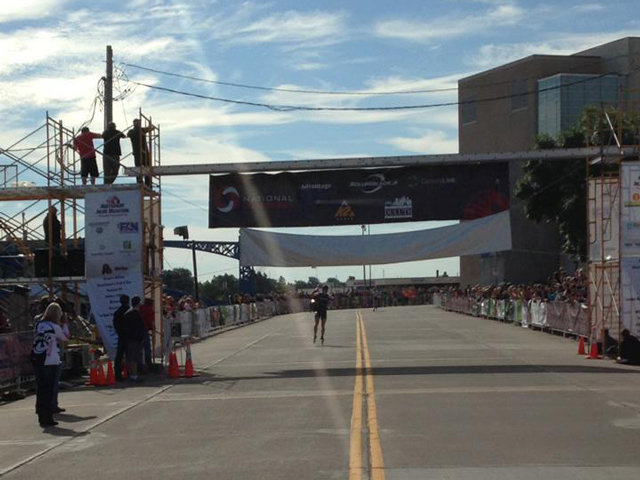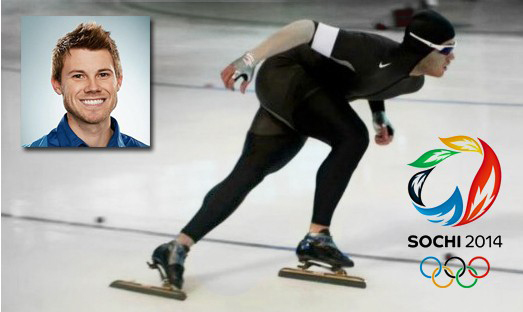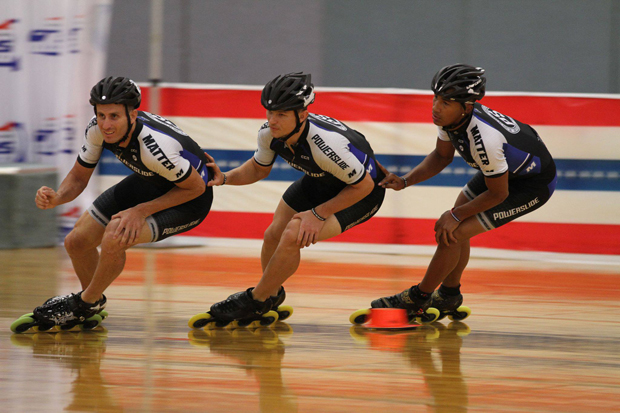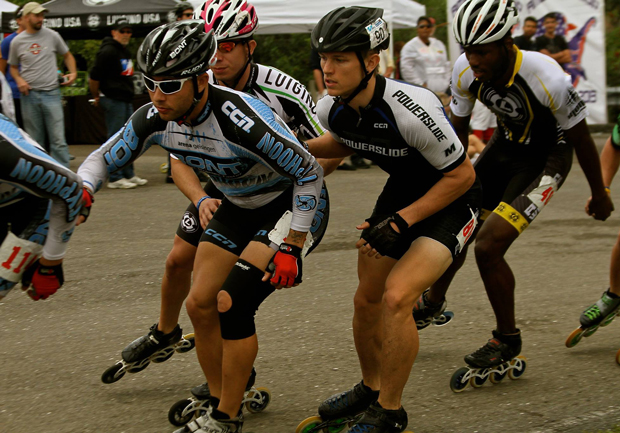The History of Inline Speed Skating
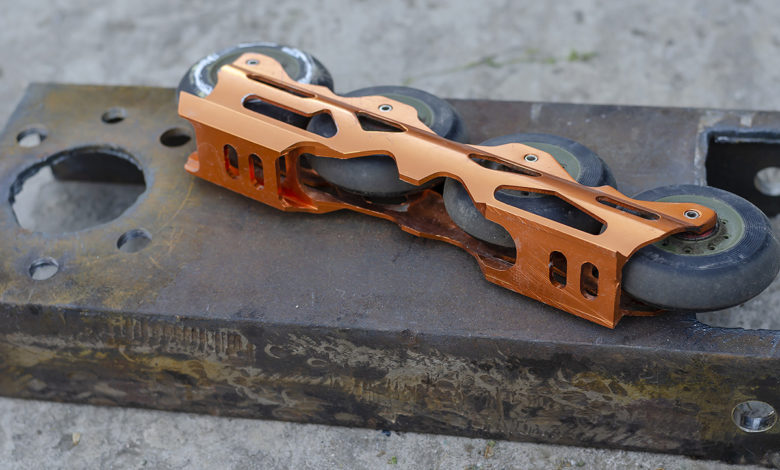
If you’ve been following the world of inline speed skating, you may have heard about the sport’s history, but you may not be aware of its roots. Inline speed skating is an extremely popular sport that started as a hockey player’s invention and has now been incorporated into the World Games. The sport has also become incredibly popular in the Netherlands, where it’s dominated the world of inline speed skating since 1981.
Inline Speed Skating is a Roller Sport
Inline speed skating is a wheeled, competitive form of roller skating. It is also known as inline racing. It evolved from traditional roller skates. Many inline skaters also compete in ice speed skating depending on the season. This is a challenging sport with several different components. The following are some important aspects of inline speed skating. A strong upper body and flexible thighs are important for this sport. A diet high in protein is also necessary.
Relay races are a key part of most speed competitions. Relay teams comprise two to four skaters, usually male or female, and push the skater behind them. The race program for male and female skaters is the same, as well as for junior and senior categories. Although traditional roller speed skating is performed on standard roller skates, inline skating has become the preferred choice for most medal winners. However, both inline and traditional roller skates are allowed at outdoor races.
Inline speed skating races vary in length and distance. Most races are short distances, but some are marathons or ultra-marathons. There are both indoor and outdoor tracks. Indoor tracks are plastic-coated floors. These are more common in North America and Europe, while outdoor tracks are generally made of concrete. However, you can also find inline speed skating races on a road surface. This type of track can be a mixture of pavement and ice.
The first World Championships for this sport were held in 1938. In 1979, it was included on the Pan American Games program for the first time. It was not on the list of sports events in 1983, but it is now an official event. These games are held in the United States, Canada, and abroad. There are also several national competitions. You can find many national and international events where inline speed skating is held.
Inline speed skating is an Olympic sport that involves the use of roller blades. It is a popular recreational activity and a good form of exercise. It is easier to learn than roller blades. Furthermore, inline skating allows the user to travel faster. This sport has been featured on X-Games. The rules for inline speed skating are as follows:
Inline Speed Skating Began as a Hockey Player’s Invention
Inline speed skating began as a hockey players invention, but the sport has branched out into a variety of sports. In the 1950s, skaters from all walks of life were interested in the sport. The Chicago inline skate was a pivotal invention in inline speed skating’s development. Scott and Brennan Olson, both from Minneapolis, purchased the skate and modified it to be more practical for training for ice hockey. This new equipment was the first to be mass-produced and quickly gained popularity.
Inline speed skating requires intense physical training and diet. The focus of training is on developing strong calves and thighs. The sport uses the entire body, but it is especially beneficial if the athlete has a flexible upper body. A high-protein diet is also recommended. It can be hard to balance all these different requirements. However, the rewards are worth it if you’re willing to put in the time and effort.
Inline roller hockey was first introduced as a competition at the Pan American Games in 1999. The sport was not widely popular until the 1980s, when the National Inline Hockey Association began sponsoring youth roller hockey competitions in New York. The New York program began on quad skates, but eventually moved to inline skates after the public shifted to inline skates. The sport was first played at the Pan American Games, and later repeated at the Dominican Republic.
The sport quickly gained popularity. In the 1990s, Paul Chapey and the San Diego Hosers won the Senior Gold Division championship of the USARS in 1992. This success led to the formation of major roller inline hockey organizations. These organizations are now widely known as collegiate and professional. The history of inline skating is an intriguing one. With the development of new technologies, it has evolved into a highly competitive sport.
The sport is a fast-growing hobby in the United States. According to the National Sporting Goods Association, 17.3 million people in the United States take part in the sport at least once per year. The peak year for inline skating was 1998, when 32 million people took part. There are also frequent skaters, defined as individuals who skate at least 25 times a year. Among these, the NorthShore Inline Marathon is one of the largest in the United States.
Inline Speed Skating has been included at the World Games since 1981
The sport of inline speed skating has been included in the World Games since 1981. Its inclusion followed the introduction of inline skates in 1997. It is the only roller sports discipline to be included at the World Games. Its inclusion at the World Games has made it a global phenomenon. It is a fast and exciting sport that has been gaining popularity among youth and adults alike. The World Games are held every four years in different countries and are attended by many thousands of spectators worldwide.
The sport first entered the World Games in 1981 in Santa Clara, California. Other sports included bodybuilding and fin swimming. Speed skating was also included at the first World Games and a number of countries competed in the sport. In the first three races, a 400-meter oval line was used and the winner was determined by speed. In the marathon, Bob Peterson won three gold medals.
The sport has a long history. The sport has been included in the World Games since 1981 and has won over a billion dollars. Currently, there are seven inline speed skating races taking place every four years. The competition is fierce and many skaters compete in multiple events. Several other sports are not included on the programme because they are not popular in their home country. In the World Games, inline speed skating is included in the track and field events, but its inclusion is not guaranteed.
Inline speed skating was first included in the World Games in 1981 and has been a regular part of the Games since that year. The first World Games were held in the Bahamas in August 1981. During the bronze medal-clinching softball game, bahamian fans staged an impromptu celebration. They sang and danced around the perimeter of the field, with the music playing.
Inline speed skating is more difficult to master than traditional speed skating. Because of the speed required, inline speed skaters use more wheels and a longer wheelbase. The wheels have a parabolic profile and a sharper shape. This allows them to skate with less force on the small wheels during a turn. Inline speed skaters should also practice their skills before they find themselves in a tough situation.
Inline Speed Skating Is Very Popular in the Netherlands
Dutch inline speed skaters can be found skating along the canals and other waterways throughout the country. Dutch people were forced to take up skateboarding as children when they were too young. Today, they have become more interested in speed and distance than kunstschaatsen, the art of skating and gliding. Here are some reasons why the Netherlands is a great place for inline skating.
The Dutch are famous for their Elfstedentocht speed skating marathon event. The race is a 120-mile tour that started in 1909, although people have been skating around the course since the 18th century. It is one of the largest races in the world, and the King of the Netherlands once completed it. The Netherlands also produces some of the world’s best long-track speed skaters.
Dutch speedskaters have won 121 medals in international competitions. Of those, 42 were gold. The country has over 20 long-track ice rinks, the standard for Olympic competition. A Dutchman named Irene Wust holds the world record for winning the most gold medals in speed skating. A Dutch ice rink is a great place to start if you’re a novice.
The Netherlands has a warm maritime climate. While temperatures can drop to -15 degrees overnight, they are still relatively warm. The canals in the Netherlands have ice, and it’s quite possible to find a place to skate on the water during freezing temperatures. The Dutch have been world champions in speed skating for decades. And, since water in the canals freezes over during cold weather, it is not unusual for kids to enjoy outdoor skating even in the dead of winter.
Inline speed skating has an interesting history in the Netherlands. In the mid-1970s, Dutch long-track skaters founded the International Speedskating League. The league included Ard Schenk, who became a three-time Olympic gold medalist. He also organized the first world championships in 1892. The sport gained worldwide popularity throughout the 20th century. With the advent of computers and the Internet, inline skating became a popular sport throughout the country.
